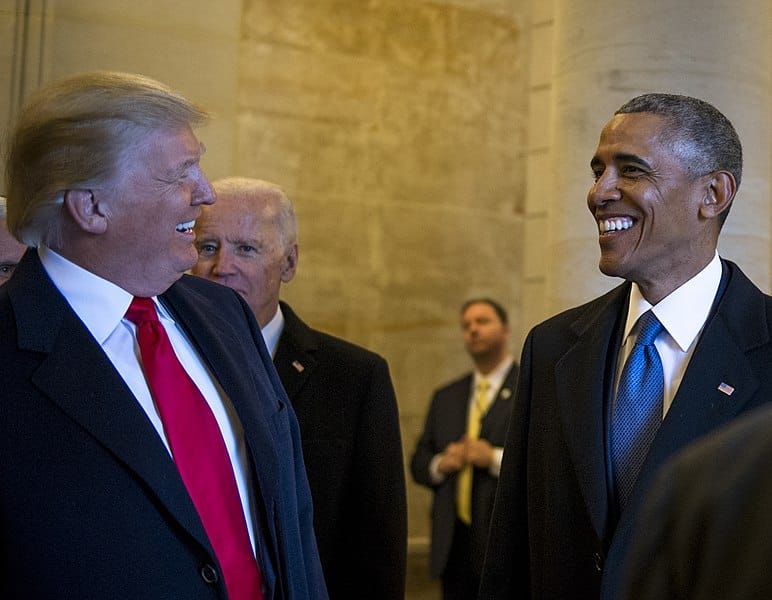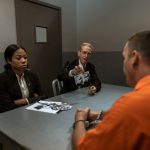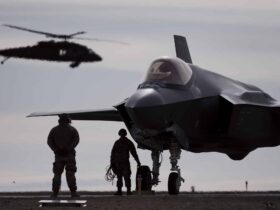Most Americans attribute the contrasting foreign policy and national security strategies between former Presidents Trump and Obama and the current administration solely along party lines. However, one could argue that it has more to do with leadership styles than ideology. Partisan political agendas certainly played a role in how each governed, but the opposing leadership styles greatly impacted their decision-making behaviors.
Hermann et al. (2001) and Preston (2001) each identified two distinct leadership styles to explain how these characteristics influence leaders’ decision-making and policies. The first Herman et al. identified were the goal-oriented who base their decisions on their ideological beliefs and political agendas – they are hammers and see all problems as nails. The second style was the relations-oriented pragmatists, opportunists, and consultative who are more responsive to new challenges and “adapt” their personalities and policies according to a consensus – the salesman. However, Hermann et al. (2001) caveat was that both styles can be positive or have drawbacks based on a leader’s openness to information, responsiveness to constraints, and motivation for action.
Preston (2001) had a similar assessment of leadership styles but saw the characteristics slightly differently. The first element was power/dominance. High power-need individuals tended to be more assertive and less flexible towards rebuttal recommendations, centralizing their decision-making, similar to the goal-oriented personas above. On the other hand, low power-need leaders tend to consult those around them and have a more open debate within advisory groups. The second was cognitive complexity. Preston (2001) attributes critical thinking and sensitivity to new information to this characteristic and how a leader responds to outside perspectives, which Hermann et al. (2001) also highlighted. Finally, prior experience or expertise in certain circumstances or policies can influence how independent or collective a leader’s decision-making is. For example, the more familiar or experienced a leader is in a topic, the less they will turn to other subject matter experts in their advisory teams (Preston 2001).
One could argue that leadership styles and personalities are tightly intertwined. For example, Keller and Foster (2012) examined the risk acceptance or aversion levels and “Locus of Control” – skill versus luck – of leaders’ decision-making. The two primary factors were belief in the ability to control events and self-confidence. However, in their conclusions, Keller and Foster (2012) acknowledged that there were other variables, such as conceptual complexity and the need for power, that Hermann et al. (2001) and Preston (2001) identified in their studies. Keller (2005) similarly asserted that a leader’s personality regarding whether they are a “constraint respecter” or “constraint challenger” can influence their decision-making and leadership style, labeling the differing personalities as “crusaders” and “pragmatists.”
Keller and Foster (2016) elaborate on the Keller (2005) personality and leadership style distinctions but concede that there are too many variables to anticipate a leader’s behaviors versus actions. Their most meaningful quote from that article was, “does previous willingness to wield a “big stick” make it possible to “speak more softly” and be heard more loudly?” (Keller and Foster 2016). International partners, U.S. political opponents, and the press often criticized former President Trump for his harsh rhetoric. However, he frequently followed through, such as withdrawing from the Iran nuclear deal and Paris Climate Accords, renegotiating NATO agreements, and taking a more aggressive approach towards combating the Taliban and Da’esh (ISIS or Islamic State). These crusader constraint challenges potentially brought Kim Jong-Un to the negotiating table, especially in comparison to the more constraint-respecting pragmatism of his predecessor and successor.
In closing, as stated above, Trump was a high power-need individual and often rejected the advice of his cabinet members, resulting in a high turnover rate within the Executive Branch. Similarly, his leadership style was goal-oriented, likely from his experience as a businessman, with elevated self-confidence and a strong belief in his ability to control events. Still, he viewed most decision-making through that same lens. This perception exacerbated many domestic and foreign policy challenges and conflicts among his staff, his political party, domestic opposition groups, and international allies who wanted things done more traditionally (read predictable). This behavior was in contrast to the more “pliable” and conciliatory positions of Obama and Biden, especially on the international stage.
References:
Hermann, Margaret G., Thomas Preston, Baghat Korany, and Timothy M. Shaw. 2001. “Who Leads Matters: The Effects of Powerful Individuals.” International Studies Review 3 (2): 83. doi:10.1111/1521-9488.00235.
Keller, Jonathan W. 2005. “Constraint Respecters, Constraint Challengers, and Crisis Decision Making in Democracies: A Case Study Analysis of Kennedy versus Reagan.” Political Psychology 26 (6): 835–67. doi:10.1111/j.1467-9221.2005.00447.x.
Keller, Jonathan W., and Dennis M. Foster. 2012. “Presidential Leadership Style and the Political Use of Force.” Political Psychology 33 (5): 581–98. doi:10.1111/j.1467-9221.2012.00903.x.
Keller, Jonathan W., and Dennis M. Foster. 2016. “Don’t Tread on Me: Constraint-Challenging Presidents and Strategic Conflict Avoidance.” Presidential Studies Quarterly 46 (4): 808–27. doi:10.1111/psq.12320.
Preston, Thomas. 2001. The President and His Inner Circle: Leadership Style and the Advisory Process in Foreign Policy Making. New York: Columbia University Press.
This first appeared in The Havok Journal on February 17, 2023.
As the Voice of the Veteran Community, The Havok Journal seeks to publish a variety of perspectives on a number of sensitive subjects. Unless specifically noted otherwise, nothing we publish is an official point of view of The Havok Journal or any part of the U.S. government.
Buy Me A Coffee
The Havok Journal seeks to serve as a voice of the Veteran and First Responder communities through a focus on current affairs and articles of interest to the public in general, and the veteran community in particular. We strive to offer timely, current, and informative content, with the occasional piece focused on entertainment. We are continually expanding and striving to improve the readers’ experience.
© 2024 The Havok Journal
The Havok Journal welcomes re-posting of our original content as long as it is done in compliance with our Terms of Use.










Leave a Reply